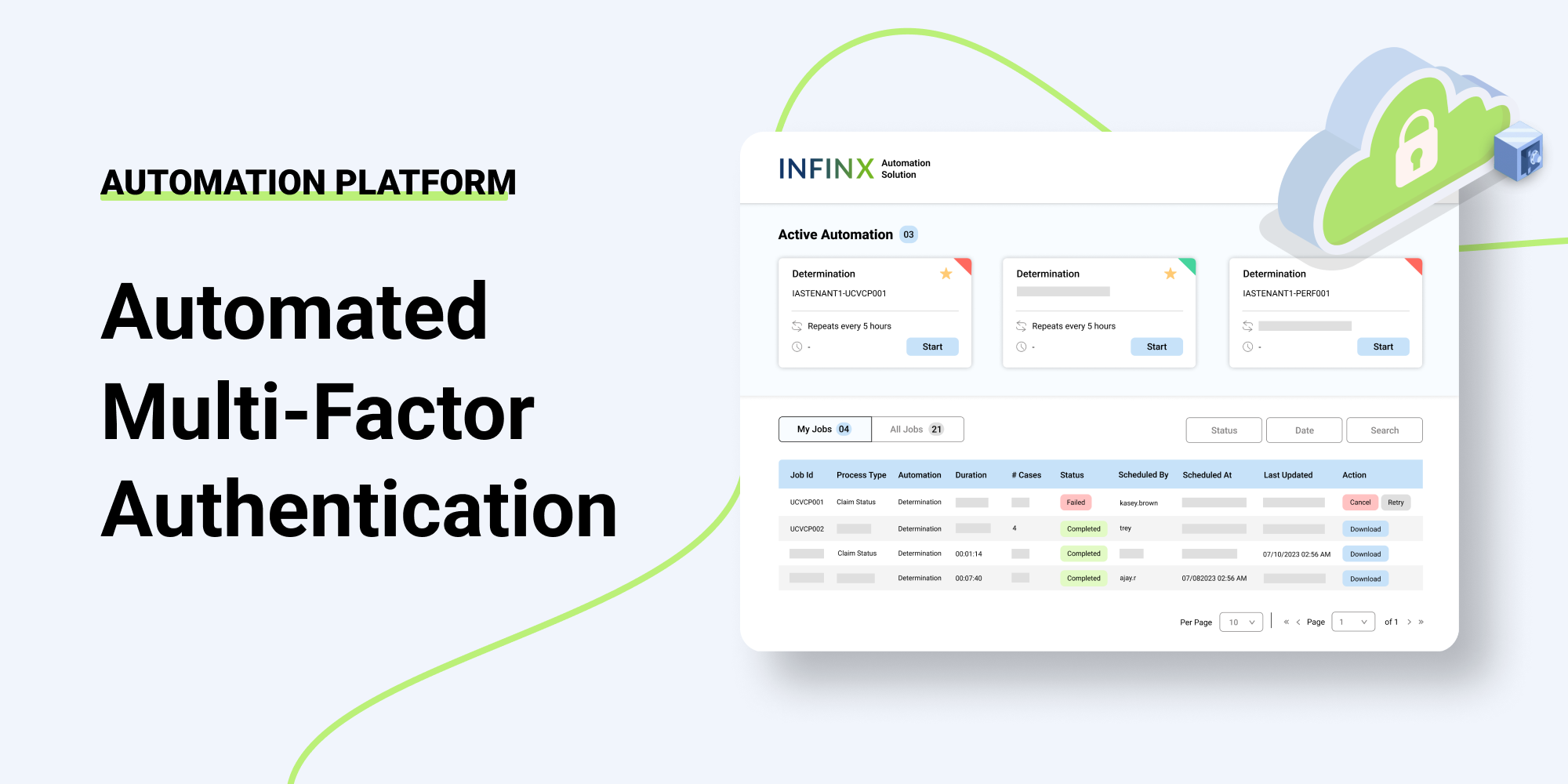As of January 1, 2021, there will be coding changes taking place across the board. From CPT codes in telehealth to ICD-10-CM codes for COVID-19-related issues to MS-DRGs, changes are being implemented to expand/improve descriptors impacting reimbursement for the care and treatment of coronavirus.
Additionally, the 2021 Medicare Physician Fee Schedule takes effect and will significantly impact reimbursement for physicians – positive for primary care while negative for specialty care. So let’s get right to it:
ICD-10-PCS (Inpatient) Code Changes for COVID-19
Beginning on January 1, 2021, the Centers for Medicare and Medicaid Services (CMS) will implement 21 new ICD-10-PCS codes for vaccines and therapeutics, including FDA-approved baricitinib, currently used for rheumatoid arthritis (brand name Olumiant), and when used for inpatient treatment and in conjunction with remdesivir, as well as monoclonal antibody and immunomodulator treatments. These codes are as follows:
-
XW013H6 Introduction of other new technology monoclonal antibody into subcutaneous tissue, percutaneous approach, new technology group 6
-
XW013K6 Introduction of leronlimab monoclonal antibody into subcutaneous tissue, percutaneous approach, new technology group 6
-
XW013S6 Introduction of COVID-19 vaccine dose 1 into subcutaneous tissue, percutaneous approach, new technology group 6
-
XW013T6 Introduction of COVID-19 vaccine dose 2 into subcutaneous tissue, percutaneous approach, new technology group 6
-
XW013U6 Introduction of COVID-19 vaccine into subcutaneous tissue, percutaneous approach, new technology group 6
-
XW023S6 Introduction of COVID-19 vaccine dose 1 into muscle, percutaneous approach, new technology group 6
-
XW023T6 Introduction of COVID-19 vaccine dose 2 into muscle, percutaneous approach, new technology group 6
-
XW023U6 Introduction of COVID-19 vaccine into muscle, percutaneous approach, new technology group 6
-
XW033E6 Introduction of etesevimab monoclonal antibody into peripheral vein, percutaneous approach, new technology group 6
-
XW033F6 Introduction of bamlanivimab monoclonal antibody into peripheral vein, percutaneous approach, new technology group 6
-
XW033G6 Introduction of REGN-COV2 monoclonal antibody into peripheral vein, percutaneous approach, new technology group 6
-
XW033H6 Introduction of other new technology monoclonal antibody into peripheral vein, percutaneous approach, new technology group 6
-
XW033L6 Introduction of CD24Fc immunomodulator into peripheral vein, percutaneous approach, new technology group 6
-
XW043E6 Introduction of etesevimab monoclonal antibody into central vein, percutaneous approach, new technology group 6
-
XW043F6 Introduction of bamlanivimab monoclonal antibody into central vein, percutaneous approach, new technology group 6
-
XW043G6 Introduction of REGN-COV2 monoclonal antibody into central vein, percutaneous approach, new technology group 6
-
XW043H6 Introduction of other new technology monoclonal antibody into central vein, percutaneous approach, new technology group 6
-
XW043L6 Introduction of CD24Fc immunomodulator into central vein, percutaneous approach, new technology group 6
-
XW07M6 Introduction of baricitinib into lower GI, via natural or artificial opening, new technology group 6
-
XW0DXM6 Introduction of baricitinib into mouth and pharynx, external approach, new technology group 6
-
XW0G7M6 Introduction of baricitinib into upper GI, via natural or artificial opening, new technology group 6
ICD-10-PCS Changes for MS-DRGs
Additionally, CMS assigned Medicare Severity Diagnosis-Related Groups (MS-DRGs) to six new ICD-10-PCS codes related to COVID-19, including:
-
Z86.16 – personal history of COVID-19
-
Z11.52 – encounter for COVID-19 screening
-
Z20.822 – suspected exposure to COVID-19
-
J12.82 – pneumonia due to COVID-19 (now used as a single code). Includes the inclusion terms “pneumonia due to COVID-19” and “pneumonia due to severe acute respiratory syndrome coronavirus 2”
-
M35.81 – multisystem inflammatory syndrome
-
M35.89 – other systemic involvement of connective tissue
For specifics, the ICD-10 MS-DRG Grouper software with all new COVID-19 procedure codes is effective January 1, 2021. It will assign each case into an MS-DRG depending on diagnosis codes, patient demographics, and discharge status.
New CPT Guidelines Being Allowed for MS-DRGs
In addition to the new MS-DRGs, CMS has approved using the CPT code for vaccines and vaccine administration for all inpatients. Medicare Advantage participants should have claims submitted to Original Medicare for all vaccines and vaccine administration through 2021.
CMS will pay $28.39 for single-dose vaccine and, for multiple-dose vaccines, they will pay $16.94 for all initial doses and $28.39 for the final dose regardless of inpatient vs outpatient venue.
Where do the COVID-19 Vaccines Stand Now
With two vaccines submitted for emergency consideration to the FDA, Pfizer and Moderna, the Vaccines and Related Biological Products Advisory Committee (VRBPAC) will meet to review Pfizer-BioNTech’s COVID-19 Vaccine on December 10, 2020. Moderna will receive consideration at a later date.
2021 Medicare Physician Fee Schedule
CMS has also released the 2021 Medicare Physician Fee Schedule, which outlines payment for all providers on all Medicare tests and procedures. One big change that has many concerned is the Finalized Conversion Factor of $31.41 (a $3.68 decrease from 2020). While this recognizes a budget neutrality adjustment required by law to offset the changes meant to benefit primary care providers, it has created serious concern for specialty care providers who will take the financial hit. This decrease results from revisions to the relative value units (RVUs) for evaluation and management (E/M) services that have gone through a major overhaul.
The American Medical Association (AMA) and the Medical Group Management Association (MGMA) have expressed significant outrage but, to date, have not been able to impact change. According to Anders Gilbert, MGMA senior vice president of government affairs, “While MGMA is appreciative of streamlined documentation policies and payment increases to physicians…the 10% decrease to the conversion factor and resulting reimbursement cuts to many specialties is deeply troubling.”
With that said, E/M codes will now be decided through the following criteria:
- History and physical elements are no longer part of code selection
- Physicians can choose between documenting based on Medical Decision Making or Total Time Involved
- Modifications to Medical Decision Making criteria outlined here
And Finally – Telehealth
The final Medicare rule also included telehealth provisions, which are now in place permanently. The speed with which telehealth was adapted would have made it hard to roll back, and fortunately, it won’t be at this time.
Contact us today at Infinx if you have further questions about coming changes in coding or if we can answer any questions about the revenue cycle management process.


